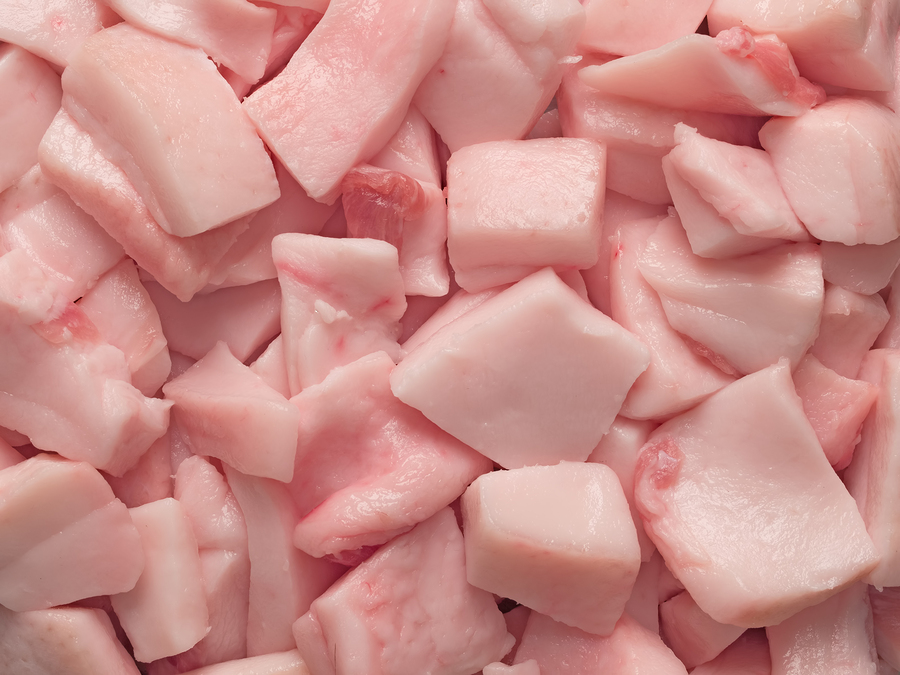We’ve been taught to believe that a high fat diet is evil. However, fat is vital to your dog’s health in a variety of ways.
Here are just some of them:
- Fat is a concentrated energy source for dogs, providing twice the amount of energy that protein and carbohydrates do.
- Fat helps transport nutrients and other substances across cell membranes.
- Fat aids in the speed of nerve signal transmissions.
- Fat supports eye and heart health.
- Fat helps control inflammation through the production of metabolites.
- Fat improves muscle formation.
- Fat aids in the formation of some hormones: estrogen, testosterone, and progesterone.
- Fat enhances the absorption of fat-soluble vitamins A, D, E, and K.
Balancing fats is important and the higher quality the fat the better off your dog will be.
Not only do healthy fats do all of the above, studies show that the right balance of fats can help improve brain health and behavior. Not only do puppies learn faster and remember more, healthy fats help older dogs stay mentally sharp.
When your dog eats fats, they’re directly incorporated into the membranes of every cell in the body resulting in healthy cell membranes that are the foundation of your dog’s health.
Fats not only need to be high quality, but fresh. Fats turn rancid quickly and rancid fats can create chronic health problems (diarrhea, liver problems, heart problems, macular degeneration, cell damage, cancer, arthritis and sometimes death).
A healthy ratio of omega-6 fatty acids (found in meat, poultry and eggs) and omega-3 fatty acids (found in oily fish like salmon, herring and sardines) should be 1:1.
Non-grass-fed domesticated meats (beef, pork, lamp, goats, etc.) contain high amounts of omega-6s and little-to-no omega-3s.
The primary benefit of an added omega-3 like fish oil is its ability to balance out the more inflammatory yet still necessary omega-6 fats found in non-grass fed, domesticated meats. Omega-6 fats aren’t bad for your dog. In fact they are just as important to your dog’s health as omega-3s. Both of these fats control important hormones in the body, but there must be a healthy balance of both.
Wild prey and grass-fed livestock contain healthy levels of omega-6s and omega-3s. If you’re feeding either of these an added omega-3 isn’t necessary.
The bottom line is that the higher the quality of meat, the higher the fat quality is. A diet of wild meats, fish and grass-fed meats is preferable. However, if you can’t source these you can opt for adding an omega-3 through fish oil to balance out the high concentrations of omega-6s in non-grass-fed meats.
Depending on your dog’s activity level and tolerance to fat he/she needs between 15-25% of fat in his/her diet.
Note: The USDA has revoked the Grass-Fed label and no longer issues or regulates it. Before buying “grass-fed” meats read this article.
Disclaimer: All content provided on this website, WhitneyLiving.com is for informational purposes only. The materials contained here are not intended to be used for the diagnosis or treatment of a health problem or as a substitute for consulting a licensed veterinary professional.
